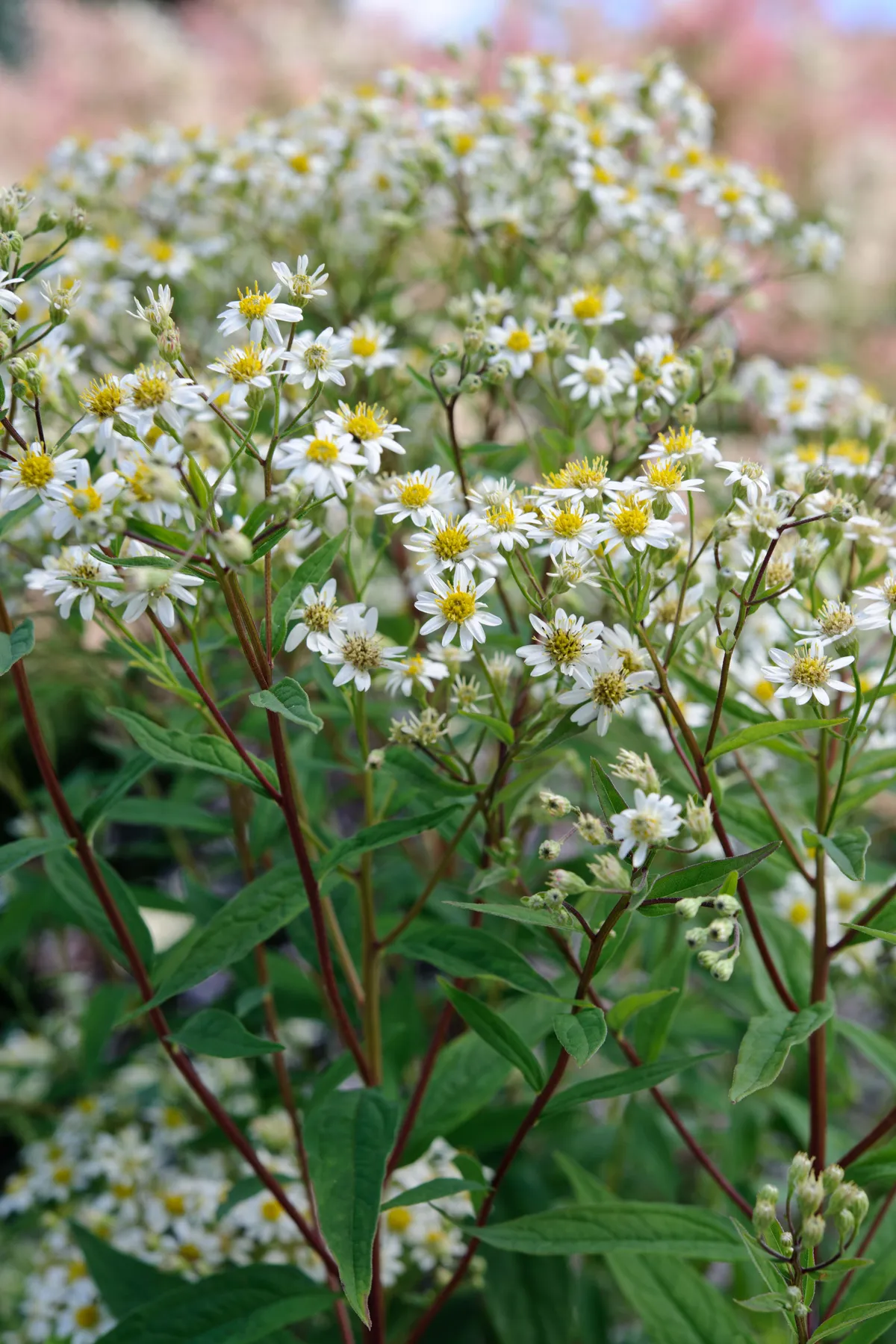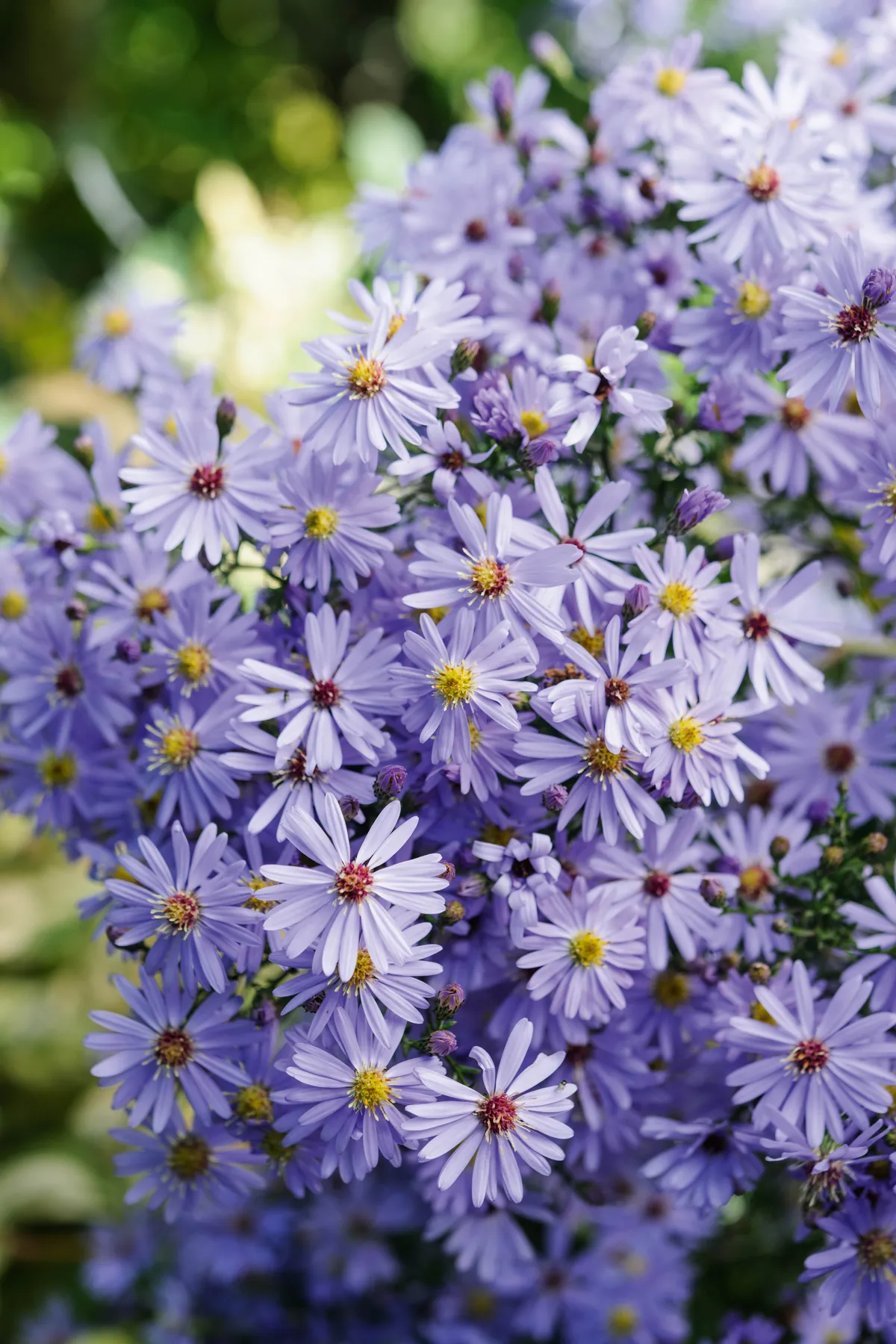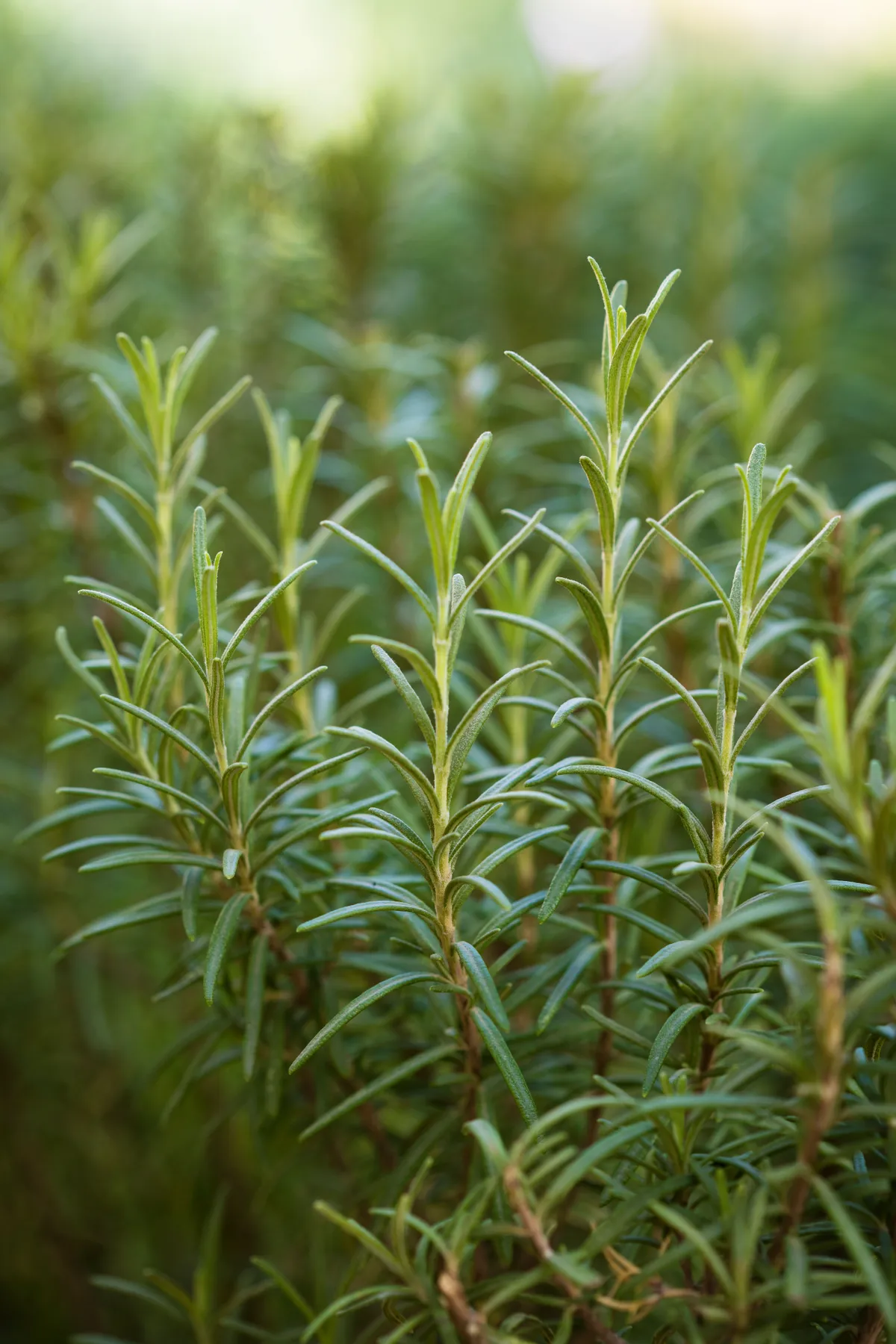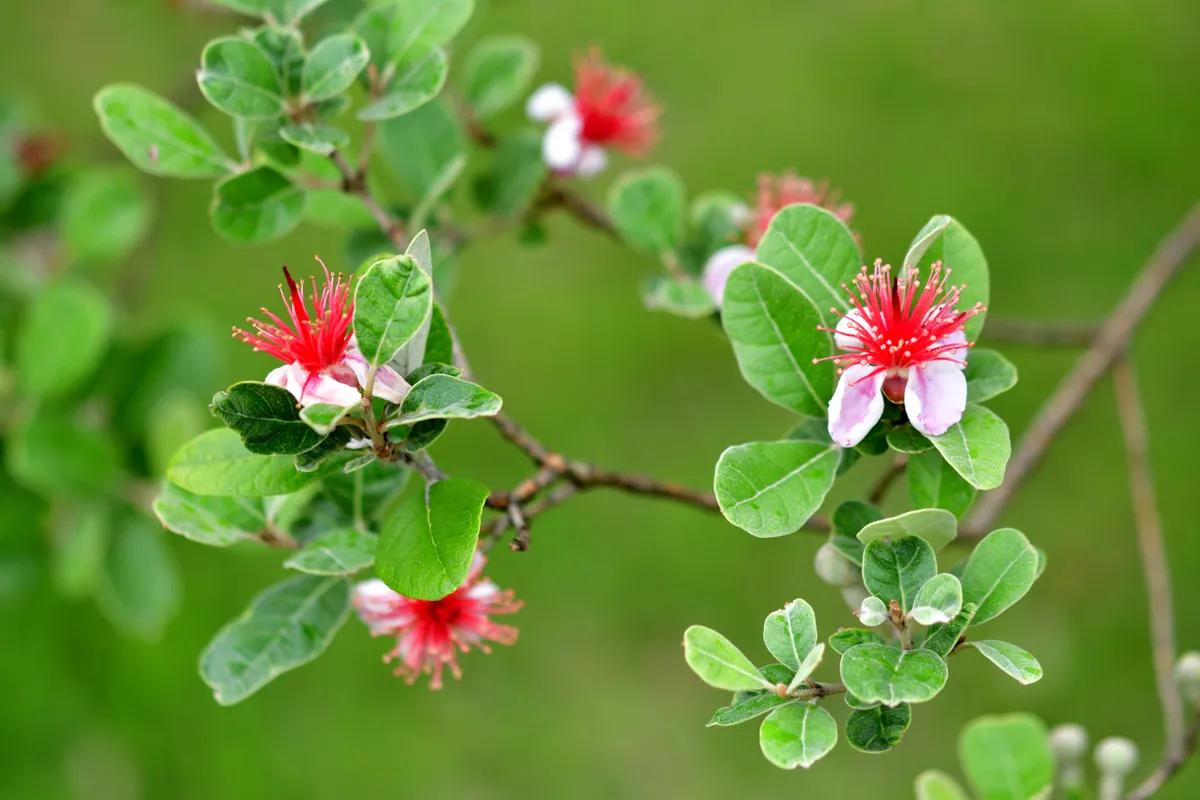Gardeners, I think it’s fair to say, have a fairly fraught relationship with plant taxonomy. Botanists want the way plants are classified and named to reflect our best understanding of their evolutionary relationships. Gardeners just wish they would leave well enough alone.
In recent years, the whole subject has been revolutionised, in part, by our ability to look directly at plant DNA, which has often revealed that some of our earlier ideas weren’t quite right, and that plants’ names need to change.
Read more about latin plant names
Why do plant names keep changing?
Aster

But change how? Sometimes we need new names, and a good example is Aster. When Carl Linnaeus was handing out our modern Latin binomial names, he picked the European aster as the ‘type’ species of his new Aster genus and called it Aster amellus.
Quite a few other European plants looked rather like the European aster, so these were added to the new genus. Later, botanists found an absolute cornucopia of asters in North America, including Aster novi-belgii, the New York aster, and Aster novae-angliae, the New England aster. These two are the plants that are most often called Michaelmas daisies, and these days it’s hard to imagine the autumn garden without them.
Aster just grew and grew, but suspicions developed that not all those plants belonged together, suspicions confirmed by the new DNA evidence in the mid-1990s.
Not only are the North American asters completely unrelated to the European ones, many of them aren’t even closely related to each other. Soon species were being hived off into new genera, and most Michaelmas daisies ended up in the largest of these new genera: Symphyotrichum. Thus the New York and New England asters are now called Symphyotrichum novi-belgii and Symphyotrichum novae-angliae respectively.

But recall that amellus defines the genus, so it and its relatives are unchanged, including the deservedly popular hybrid of Aster amellus and Aster thomsonii: Aster x frikartii ‘Mönch’.
Here's our plant profile on michaelmas daisies
Rosemary

Another common change is the loss of familiar names, usually because one genus is found to be embedded within another. One recent high-profile casualty of this is the fragrant culinary herb rosemary, which nicely illustrates the difficult decisions thrown up by the DNA evidence. The DNA tells you exactly how plants are related to each other, but it doesn’t tell you how to turn that into a sensible list of names. There was always a good argument, purely on morphological grounds, for including Rosmarinus in Salvia, a view confirmed by the latest DNA evidence. So far so good, but now what?
Rosemary is in a branch of the Salvia family tree along with several other familiar salvias, including common sage, Salvia officinalis, and clary sage, Salvia sclarea. If you really wanted to, you could keep Rosmarinus, and those salvias, exactly as they are, but doing that would create another problem: salvias that are more closely related to rosemary than they are to each other (definitely not allowed).
And the only way out of that problem would be to invent a whole load of new genera for all the other salvias, such as the lovely Gentian sage Salvia patens and hundreds of others. Given that something had to change, botanists decided that Rosmarinus had to go, so while rosemary is still rosemary, its botanical name is now Salvia rosmarinus, and we’re just going to have to get used to it.
Pineapple guava

Once upon a time, there was an evergreen shrub with leaves densely felted with white hairs on the underside. Its unusual flowers, with fleshy crimson and white petals and a central bunch of long crimson stamens, open over a long period in June and July. In an exceptional summer, these might be followed by egg-shaped edible berries with an aromatic, guava-like flavour, hence its common name of pineapple guava. The plant comes from the highlands where Brazil meets Argentina and Paraguay, but is now a major fruit crop in New Zealand.
Long ago, pineapple guava was given the scientific name Feijoa sellowiana. Which is where it remained until the 1980s, when botanists noticed that it looked a lot like a related plant called Acca lanuginosa, and concluded that maybe the two genera should be united. Acca lanuginosa is the ‘type’ species of the genus Acca, so Acca had to stay and Feijoa had to go, and the plant became Acca sellowiana.
Gardeners were annoyed by the change, as usual, but had by now learned to be philosophical about botanists tinkering with Latin names. Fast forward to 2019, and a new team of botanists, armed with the latest DNA evidence, discovered that Acca sellowiana is not (however similar it may look) closely related to several Andean species of Acca, including Acca lanuginosa.
Acca lanuginosa remains the ‘type’ species of Acca, so Acca sellowiana had to once more pack its bags and go somewhere else. Accordingly, Feijoa was retrieved from the waste basket, and pineapple guava is once more Feijoa sellowiana.
In taxonomy, what goes around doesn’t always come around, but sometimes it does, if only you’re patient enough. Thus, anyone who stuck with Gertrude Jekyll’s ‘shrubby veronicas’ was eventually rewarded when Hebe was abolished and the plants put back in Veronica where they belong.
And those of you with a pineapple guava adorned with a faded label saying Feijoa sellowiana can now be suitably smug that you never got around to replacing it.
Here's where common plant names come from